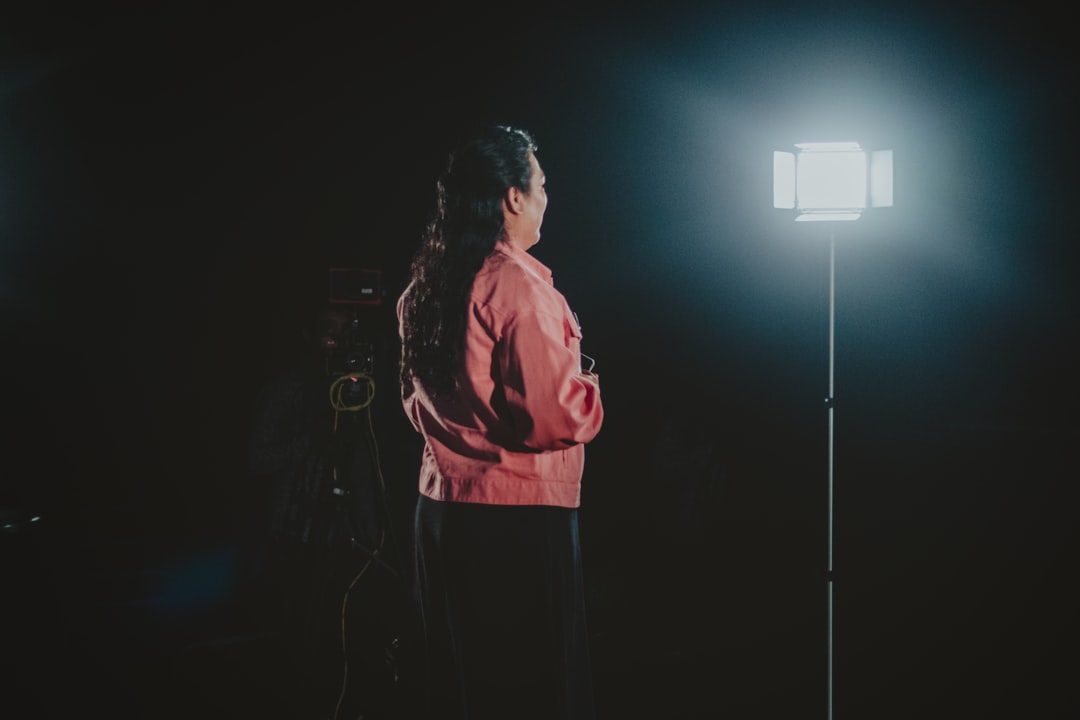What is it about?
Speech Language Pathologists (SLPs) are faced with a growing conundrum. We know that children are very engaged and motivated when using apps, but we also know that too much screen time is not good for children. There is more and more information showing the detrimental effects of screens, particularly in younger children. However, screens and technology are ubiquitous so we need to identify how to use technology to optimize learning, particularly in children who have developmental language delays. This study examined how SLP's were using apps in therapy, and the features within the app that may give SLP's the flexibility to make good progress on speech - language goals. A checklist of features that could be considered, including things like: Can targets be repeated? Can items be skipped? How much control do you have over the screen (e.g. ability to remove elements)? … But we need a lot more research in this area to know which of these features matter, and when. It is also important to know about features that may impede effective intervention.
Featured Image

Photo by Hal Gatewood on Unsplash
Why is it important?
There is limited research on app use for language intervention. The findings from the study highlight the need for SLPs to engage more deeply with the theory underlying multimedia learning, and identify the active ingredients used in treatment. Whilst it is important to consider the perspectives of the SLPs using apps, it is also necessary to integrate this knowledge with external scientific evidence. Future research that specifically taps into the use of a treatment model such as the Rehabilitation Treatment Taxonomy (RTT) may provide valuable insight into the effects of treatment.
Read the Original
This page is a summary of: Identifying features of apps to support using evidence-based language intervention with children, Assistive Technology, December 2018, Taylor & Francis,
DOI: 10.1080/10400435.2018.1553078.
You can read the full text:
Contributors
The following have contributed to this page










